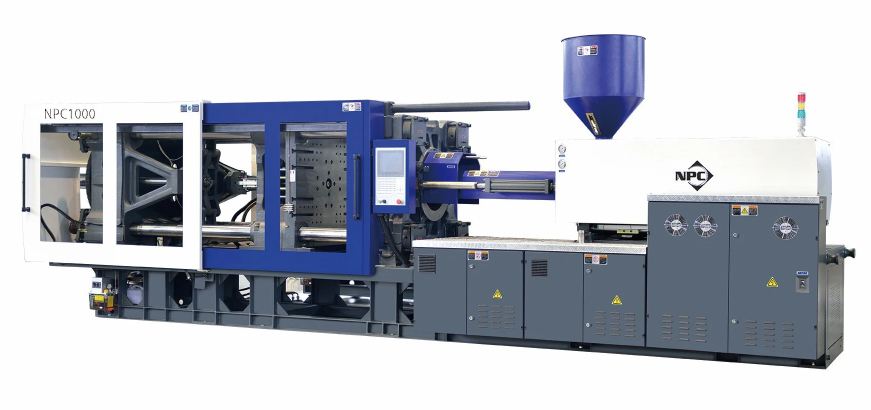

UPVC, also known as hard PVC, is composed of an amorphous thermoplastic resin made of vinyl chloride monomer by polymerization and certain additives (such as stabilizers, lubricants, fillers, etc).
In addition to using additives, the method of blending and modification with other resins is also adopted, which makes it have obvious practical value. These resins are CPVC, PE, ABS, EVA, MBS and so on.
UPVC has high melt viscosity and poor fluidity. Even if the injection pressure and melt temperature are increased, the fluidity does not change much. In addition, the molding temperature of the resin is very close to the thermal decomposition temperature, and the temperature range that can be molded is very narrow, making it a difficult material to mold.
After 24 hours at room temperature, the water absorption is less than 0.02%, so no drying is required. If it must be dried, it can be put into a hot air oven at 60-70C for 3 hours, or a dryer at 80℃ for 1-1.5 hours.
Up to 20% of recycled material can be mixed with virgin material, and the amount of recycled material depends on the end use of the product. The misuse of recycled materials can make injection molding fail, not only because of too many recycled components, but also because the material has been reprocessed many times. The more the quality of the recycled material is reduced each time it is recycled.

Due to the high melt viscosity and easy decomposition of UPVC, the decomposition products have a corrosive effect on iron, and its injection molding must have special plasticizing parts and temperature control systems.
NPinjection has a special UPVC injection molding machine for each clamping force model covered by its products, and has a special safety door device in line with the core pulling requirements of UPVC pipe fittings. Under normal circumstances, as long as the injection volume can meet the weight requirements, this series of UPVC special injection molding devices can be used to form high-quality products.
It can be measured by the air-launch method, ranging from 185-205C. The exact melting temperature of UPVC can be known from the smoothness of the injected material. If the material is rough and uneven after injection, it proves that the material is not uniform (insufficient plasticization), indicating that the set temperature is too low; if foaming and a lot of smoke after injection, it means that the temperature is too high.
The firing rate should be slow, otherwise excessive shearing will degrade the material. When using UPVC to produce extremely smooth thick-walled products, the filling speed of multi-stage injection molds should be used.
It should be matched with the molding cycle. The screw face speed should not exceed 0.15-0.2m/s
Up to 150bar, the lower the better, the common 5bar.
At a temperature of 200°C, the barrel residence time should not exceed 5 minutes at most. When the temperature is 210°C, the barrel residence time cannot exceed 3 minutes.
For more information about injection molding, please do not hesitate to contact us immediately.
By continuing to use the site you agree to our privacy policy Terms and Conditions.